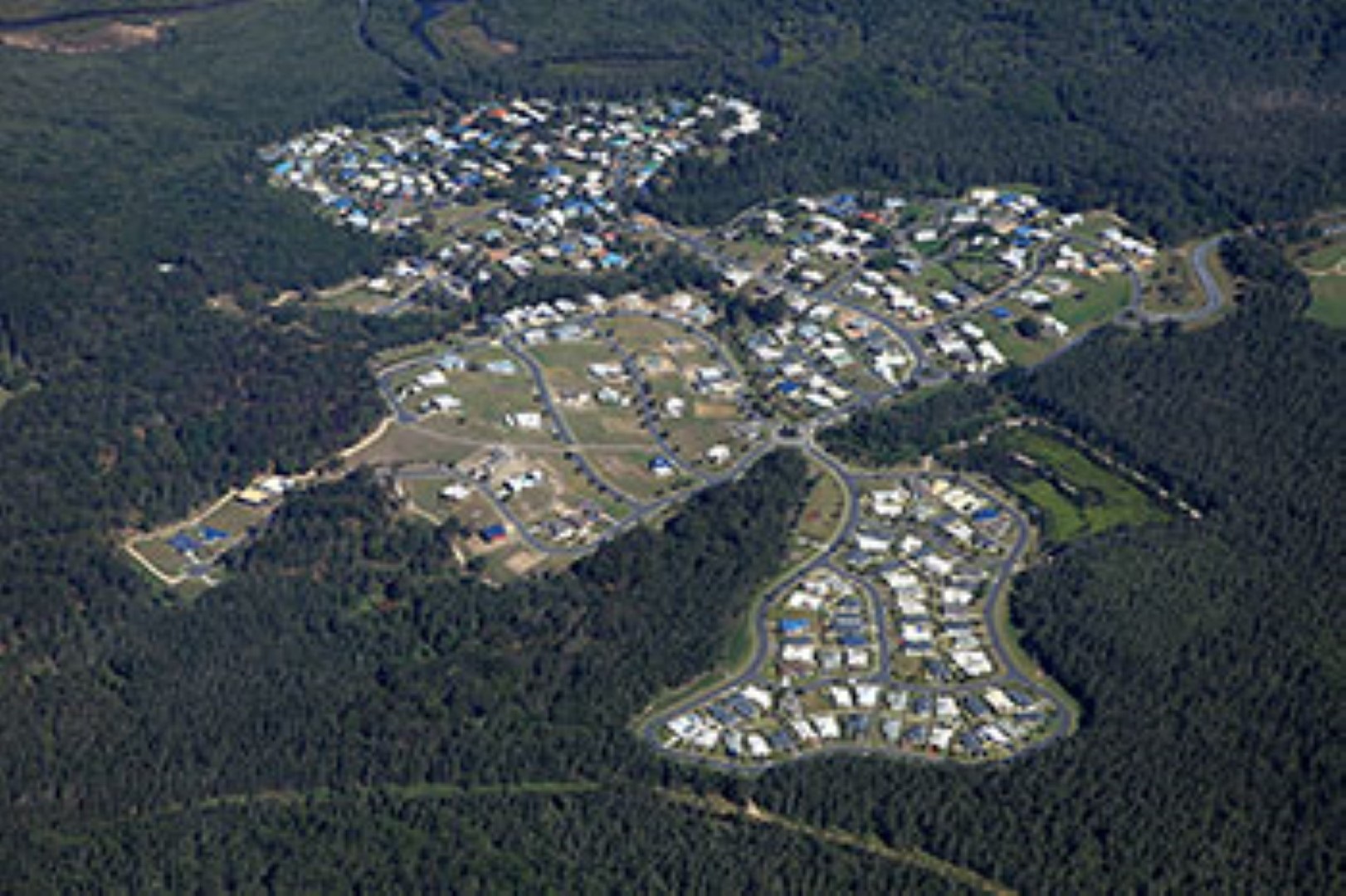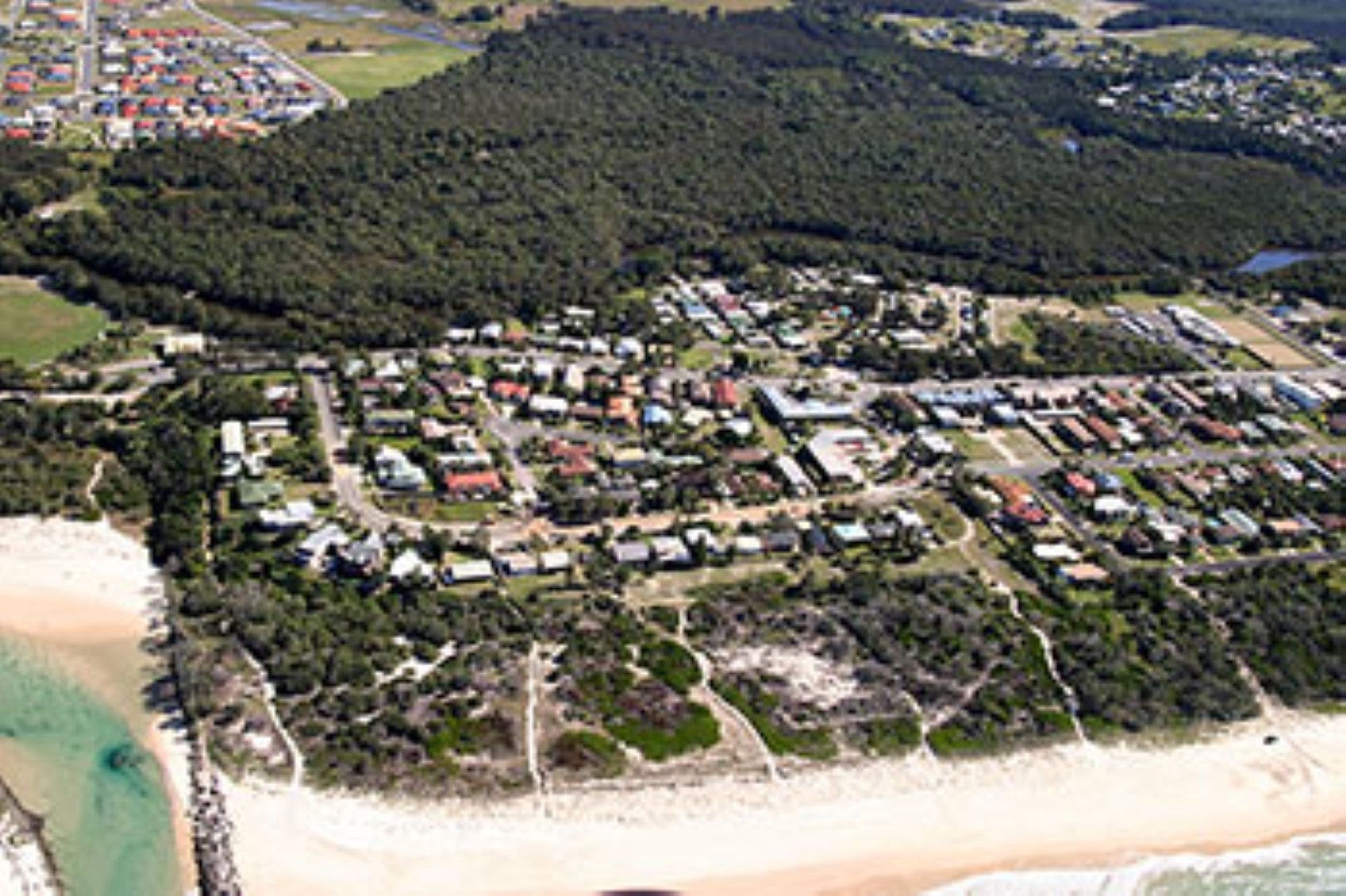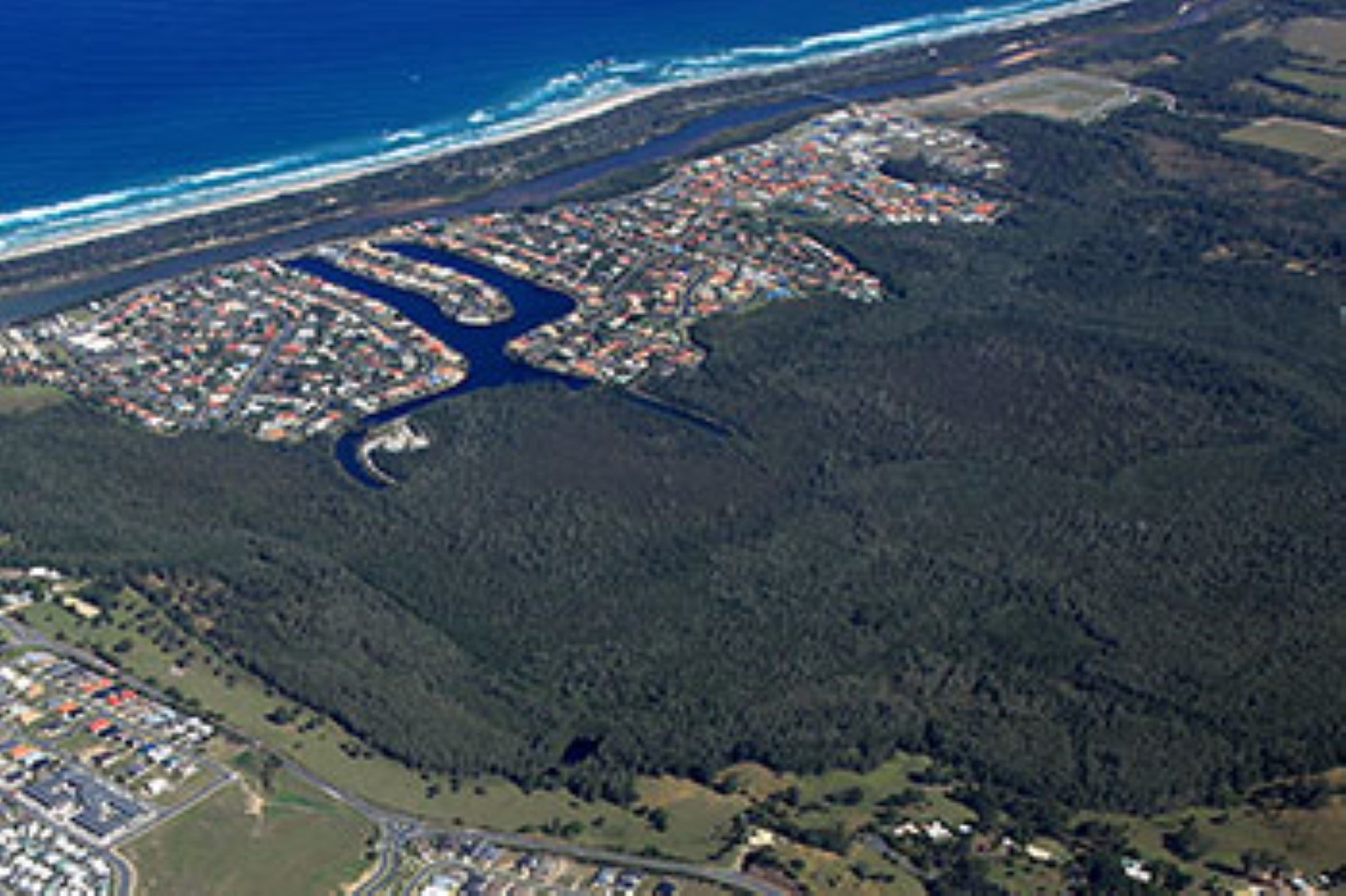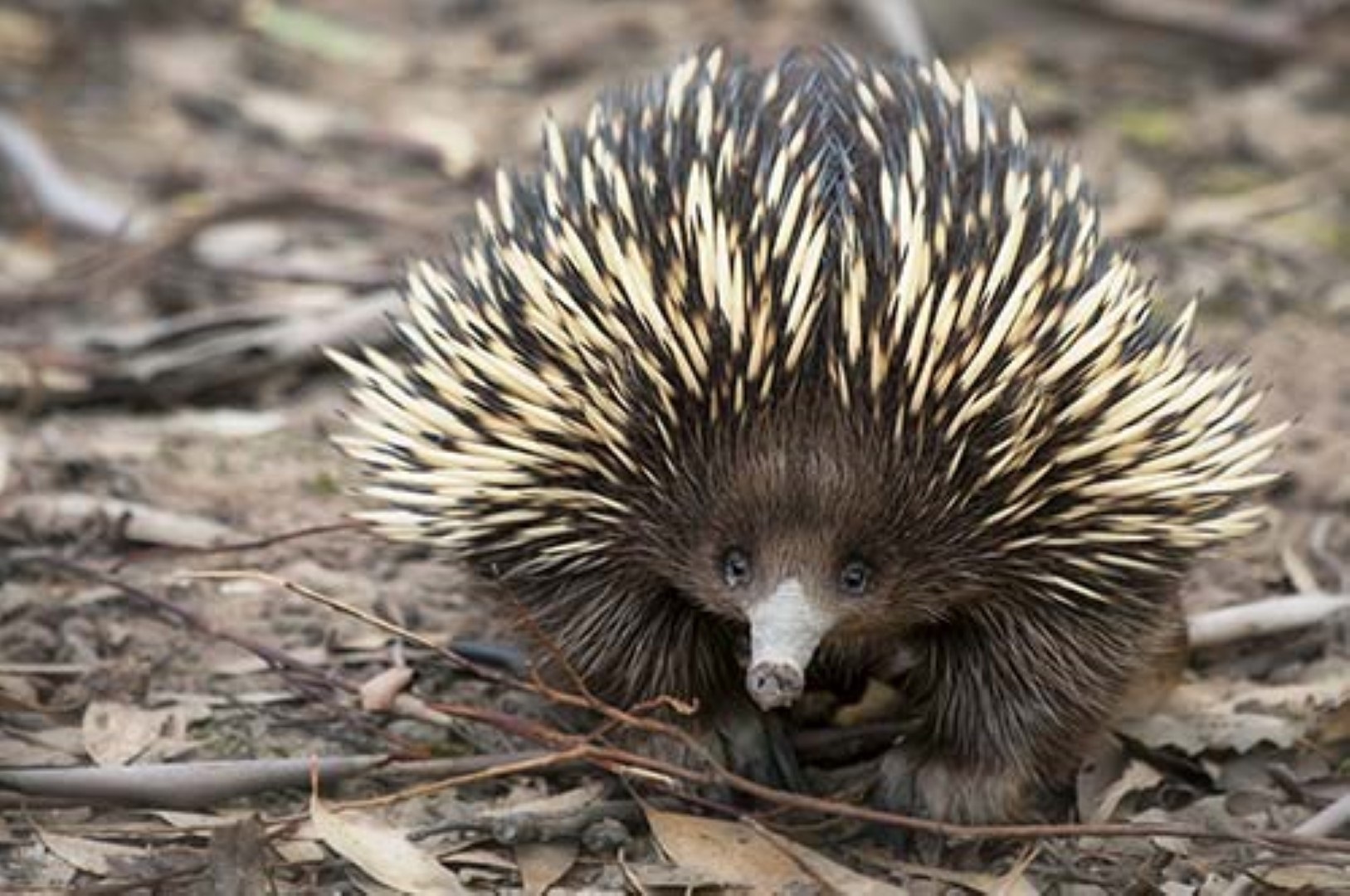Wildlife protection areas
A Wildlife Protection Area is public land reserved to protect our native animals and their habitats.
Council can ban cats and dogs from these areas to help manage the threat to native wildlife.
All entry points to Wildlife Protection Areas are clearly signposted to let people know cats and dogs are not allowed in these areas.
See Council's Wildlife Protection Area policy(PDF, 171KB)
Why do we need Wildlife Protection Areas?
 Council has ownership over large areas of land in Tweed, including 3,500 ha of bushland. This land provides important habitat for many species of threatened plants and animals.
Council has ownership over large areas of land in Tweed, including 3,500 ha of bushland. This land provides important habitat for many species of threatened plants and animals.
The Tweed has one of the highest concentrations of threatened plants and animals in Australia. This includes at least:
- 120 species of fauna
- 91 species of flora and
- 11 endangered ecological (plant and animal) communities
High conservation value reserves are managed by Council's Natural Resource Management Unit with ongoing investment in ecological restoration, revegetation, vertebrate pest control and threatened species management.
Most at risk are high conservation reserves near urban areas, because of pet cats and dogs.
Cats hunt day and night and can cause death, injury or spread disease. Hunting cats can disturb breeding, foraging and roosting.
At risk fauna include:
- small to medium sized birds, particularly ground-nesting birds
- small to medium sized arboreal mammals (gliders, possums)
- bats (insectivorous and blossom/fruit bats)
- small to medium sized ground dwelling mammals (planigales, bandicoots)
- frogs, lizards, snakes and insects
Dogs can also cause death, injury and spread disease. Dogs can can crush or eat eggs of ground nesting birds, and can disturb breeding, foraging and roosting. At risk fauna include:
- ground dwelling, roosting and nesting birds
- arboreal mammals that come to the ground to move between habitat areas (koalas, possums)
- ground dwelling mammals (bandicoots, echidnas, wallabies) and snakes and lizards
Safe habitats are essential for the survival of our native fauna.
We're working to protect our Koala, Albert’s Lyrebird, Bush Stone-curlew, Squirrel Glider and Long-nosed Potoroo.
Tweed Wildlife Protection Areas
Council created 3 bushland reserves as Wildlife Protection Areas in 2018:



`
Council will consider creating more Wildlife Protection Areas where native wildlife are seriously impacted by domestic pets.
Council can create these areas under the NSW Companion Animals Act.

Fines
Council rangers can hand out fines to pet owners:
- $330 for having a dog in a Wildlife Protection Area
- $180 for having a cat in a Wildlife Protection Area
Report cat and dog sightings
Please report cats or dogs in Wildlife Protection Areas, whether they are with an owner or roaming freely. Call Council on 02 6670 2400.